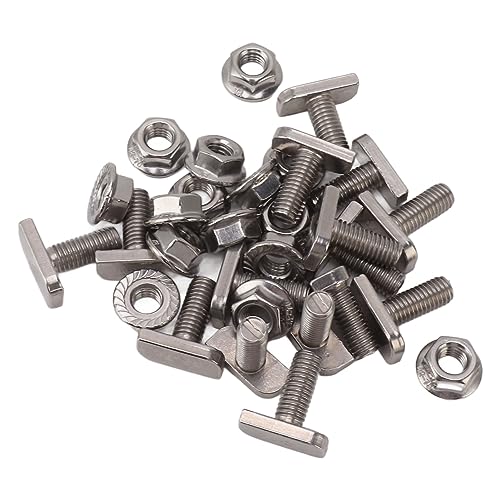Surely repeated dives on an aluminium structure would deform it, retruning to the surface allow it to go back to the original shape and therefore work harden? The same as aircraft fuselages eg Comet, famous for it's metal fatigue
Ok, it is a long time since i studied any of this sort of thing, but so far as i can remember for work hardening to occur, there has to be "plastic" deformation, as opposed to elastic deformation. So, you would have to stress the material beyond its yield point. Obviously, a pressure vessel would be designed such that the max stress did not come anywhere near this level.
I do not think aluminium exibits a clearly defined yield point though and i cannot remember how they decide upon the max allowable stress for the stuff.
Anyway, as regards "metal fatigue", again, so far as i can remember, this, once again, involves stresses in the range that induce plastic deformation and without plastic deformation, you cannot have metal fatigue..
This is complicated by two things, once again, so far as i can remember, aluminium does not have a "fatigue limit", that is, a stress below which fatigue life is indefinite, the stuff will break at some stage, but probably a much more important factor, would be bad design, or damage, giving rise to "stress raisers" such as cracks and sharp corners and the like.
The presence of these would mean that although the stress in the bulk of the structure was in the elastic range, at the sharp tip of a crack, the stresses would be concentrated such that plastic deformation WOULD occur, complete with the attendant work hardening, which would render the material at the tip of the crack less ductile, or more brittle if you like, and therefore, this cycle of hardening and cracking would continue and the crack would spread until failure occured.
There are mechanisms by which "brittle fracture" occurs although this is a bit beyond me, although it is something along the lines of, the spreading of a crack involves the production of more surface area [the sides of the crack] This involves energy, the production of the additional area i mean, although i cannot remember why and the spread of the crack is arrested.
Basically though, if or when a stage is reached, where more energy is released by the spreading of the crack than is required for its production, then the crack will proceed through the material driven on by the elastic forces in the material at about the speed of sound and obviously the structure fails.
This is why when they first started welding ships together that had failures where the entire ship would fly into two pieces instantly, where as, in a riveted ship or structure, the crack would proceed to the end of that particular section of plate and then stop..
john..

































































